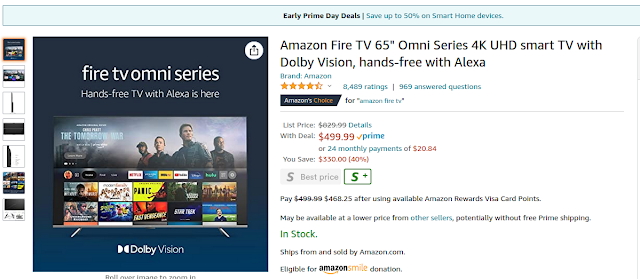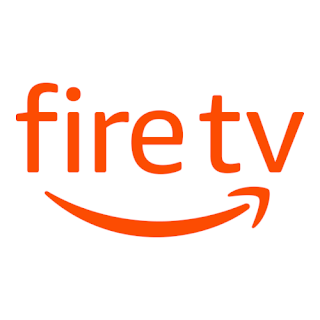For example, iOS and Android phones are not that great when it comes to privacy. Oh, sure, they can prevent third parties from accessing your data, but Apple and Google respectively gather a lot of your data.
Android is actually built on a modified Linux kernel, with the changes making it difficult to change the software. Google license is proprietary, not open source.
And while iOS are mature and stable platforms -- I've used them both for many years -- what they aren't is private. Apple and Google have lots of your data.
My foray into GNU/Linux has resulted in my searching for additional information about the various Linux distributions, and in the process of all that, I've run across some implementations of more privacy based phones, running essentially an Android-like OS.
I considered installing a different OS on one of the Android phones I have, and I considered buying a phone with a privacy-based OS already installed.
Being lazy, I opted for the second method. So, I bought a Murena phone with /e/OS installed.
How's that going?
Not too good.
First, I couldn't get my cheap provider, Tello, to work well. Oh, it would text, and it would make calls, but there was no data away from a WiFi network. Tello rides the T-Mobile network, and where I often am is in an area where T-Mobile has poor service. We get Verizon and AT&T signals very well, and in some places, T-Mobile has good reception, but not where I often am. And that's a problem.
Now, I never noticed an issue with the Google Pixel phone that used the Tello SIM, but the Murena phone didn't work well.
So, I decided to try AT&T. Only, not AT&T. You see, Cricket is owned by AT&T, and runs on the AT&T network, which has good reception here. And since Cricket is a lot cheaper than AT&T, that's a good option. Or so I thought.
Turns out that Cricket supports my phone -- yes, I checked, and Cricket customer service verified -- but it doesn't work. And that makes me think that it's a problem with the phone, not the SIM or service.
Except when I put the Cricket SIM in a Google Pixel, it won't make calls or send texts. It will receive some texts and calls, but it won't make any. And, it won't receive texts from Cricket itself. Which is odd. And pointed to the SIM.
Then I thought, maybe it's actually both. That would be my luck, right?
Well, not so much. After moving the Cricket SIM to an iPhone, I was able to get a text to allow me to set up the account. Moved the SIM to the Pixel and it began working properly. Texts and phone calls can now be made. But, moving the Cricket SIM to the Murena phone running /e/OS didn't work. No change there.
Now, I'm going to try a different carrier for the Murena /e/OS phone. I found a list of carriers that they say will work with that setup, and I'm trying one of those. Cricket was not on that list, by the way. Neither was Tello. So, I ordered another SIM and will try this other "will work" service and see how it goes.
All I wanted to do was to set up a secure phone to test along with my secure computer. And whatever can go wrong seems to go wrong.
I wish my Linux and cell phone projects were going as smoothly as thing have been going in my Streaming Life. But right now, not so much.







